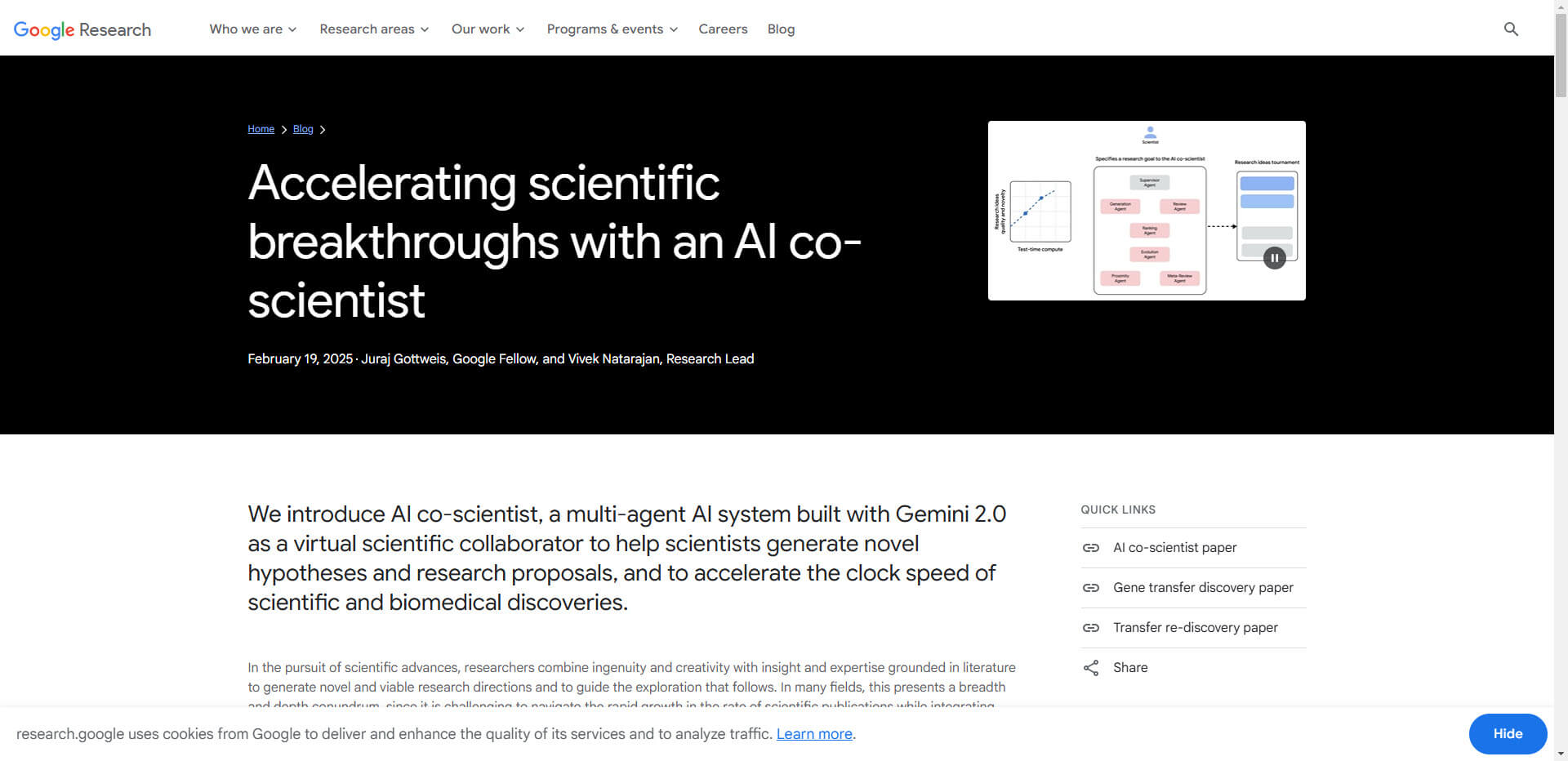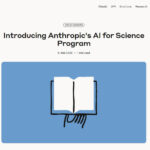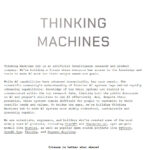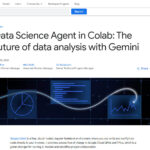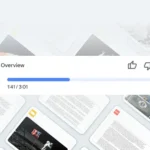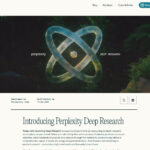The combination of artificial intelligence and science promises to push the boundaries of human knowledge even further. Google’s new “Co-Scientist” system shows how AI can accelerate and enrich the research process.
The technology and research sector is undergoing a landmark development with Google’s launch of “Co-Scientist”. Developed on the basis of Gemini 2.0, this AI system was created specifically to assist scientists as a “collaborative partner”. The aim is not only to speed up previously time-consuming or laborious processes – such as generating hypotheses, examining scientific literature or planning experiments – but also to open up new perspectives at the same time.
Key features of the “co-scientist”
The ability of AI to respond to specific research needs while interacting with scientists in natural language is one of the outstanding developments in the field of technology. In addition to automatic literature synthesis and hypothesis generation, the system also supports experimental planning in order to achieve potentially valid results more quickly. One example of its practical application is its use at Imperial College London. Here it was shown that the AI was able to significantly streamline research processes in terms of time: Hypotheses that took years to develop could be generated within a fraction of the usual time.
Effects on the research landscape
The introduction of “Co-Scientist” is part of an ongoing fusion of AI and science that has gathered ever greater momentum in recent years. In the past, Google has already demonstrated the potential of such systems with developments such as AI-supported protein structure prediction and precise climate forecasts. However, the underlying technology also poses challenges. How scientific integrity is maintained, for example in the allocation of research credits or diversity in generated hypotheses, will shape key discussions in scientific ethics.
It remains to be seen how institutional research structures and educational institutions will deal with the integration of such technologies. For while “co-scientist” aims to provide complementary support for work processes, greater reliance on AI could require a fundamental readjustment of the role of researchers.
A new era of research
The optimistic initial results of Google’s project suggest that “Co-Scientist” could become the standard tool for scientific teams. Especially in fields such as antimicrobial resistance research, where time is often of the essence, such a tool can be a decisive advantage.
The most important facts about the update
- “Co-Scientist” is based on Gemini 2.0, an AI technology from Google.
- Core functions include literature synthesis, hypothesis generation and experimental planning.
- Initial application examples show significant time savings in research projects.
- Challenges exist in the verification of generated hypotheses and the assignment of scientific work.
- The tool is currently available to selected scientists in the Trusted Tester Program.
This model marks a transition point in the scientific way of working – from purely manual research work to a new form of human-machine collaboration. The debate about the future roles of AI in science could hardly be more relevant.
Source: Google Research

